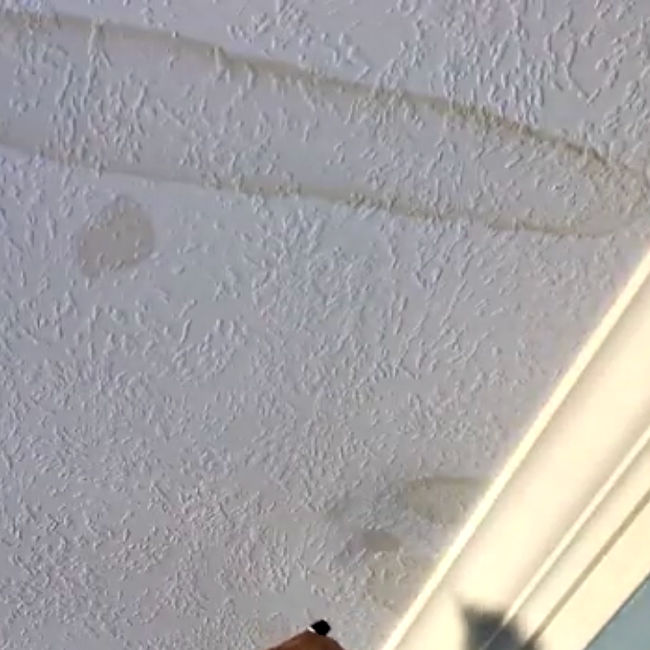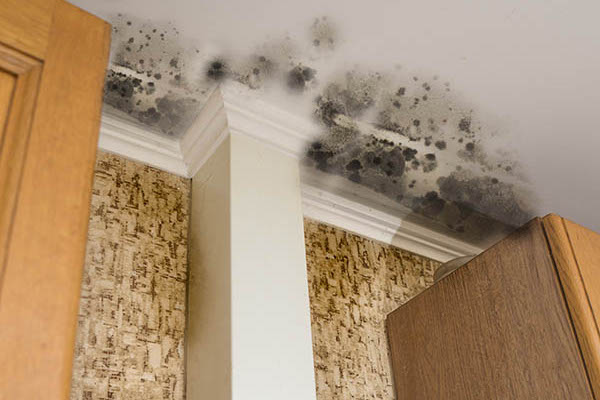Detect and Repair a Water Stain on Walls: Complete Guide
Detect and Repair a Water Stain on Walls: Complete Guide
Blog Article
The article listed below pertaining to Indicators of Water Damage Behind Walls is particularly fascinating. Try it and make your own results.

Water spots on wall surfaces are not enjoyable to the eyes. Occasionally it appears virtually inescapable to experience water stains on walls in homes.
Property owners living in moist regions continuously deal with the fear of water stains on walls. With all-around and exact info on the reasons of water spots and prompt repair service procedures, you will certainly always be an action ahead of such events.
3 Common Root Causes Of Water Spots on Wall Surfaces
In contrast to common belief, water stains on walls do not always come from poor building products. There are a number of root causes of water discolorations on walls. These include:
Poor Water drainage
When making a building strategy, it is vital to make sure sufficient water drainage. This will avoid water from permeating into the wall surfaces. Where the water drainage system is blocked or missing, underground wetness accumulates. This links to extreme dampness that you notice on the walls of your building.
So, the leading source of damp walls, in this case, can be an inadequate drain system. It can additionally be due to inadequate monitoring of sewer pipelines that run through the building.
Moist
When warm wet air meets with completely dry chilly air, it causes water beads to base on the walls of structures. This occurs in bathrooms and kitchens when there is vapor from cooking or showers. The water beads can discolor the surrounding walls in these parts of your house and also spread to various other areas.
Damp or condensation affects the roof covering and wall surfaces of structures. This creates them to show up darker than other areas of the home. When the wall surface is wet, it produces an appropriate atmosphere for the growth of fungis and also microorganisms. These might have damaging impacts on wellness, such as allergic reactions and also respiratory conditions.
Pipeline Leaks
Many residences have a network of water pipelines within the walls. It constantly boosts the practicality of such pipes, as there is little oxygen within the wall surfaces.
Yet, a drawback to this is that water leak impacts the wall surfaces of the structure as well as triggers extensive damage. An indication of defective pipelines is the appearance of a water stain on the wall.
Water Discolorations on Wall Surface: Repair Service Tips
House owners would usually desire a quick fix when dealing with water discolorations. They would certainly quickly realize this is counterproductive as the water stains reoccur. Here are a couple of handy pointers that will certainly lead you in the repair service of water spots on walls:
Pro Idea
A houseplant in your home additionally raises its moisture. So, if your home is already damp, you might wish to present houseplants with marginal transpiration. An instance of appropriate houseplants is succulents.
Conclusion
No one wants to have water spots on wall surfaces in their house, it can take place to the ideal of us. This write-up provides you take advantage of, as you currently recognize just how to handle this incident if it does happen.
It is always best to recruit specialist solutions to help fix the damages in your house.
In some cases it appears practically unavoidable to experience water spots on wall surfaces in houses.
In contrast to preferred idea, water spots on wall surfaces do not constantly stem from bad building materials. There are numerous reasons of water spots on wall surfaces. The water beads can tarnish the bordering walls in these parts of your residence as well as spread to various other areas.
Below are a few practical tips that will guide you in the repair service of water stains on walls:
CHECKING FOR WATER DAMAGE
Water damage can be costly, and it may begin before you even notice the first signs of trouble. Water damage can cause mold and mildew in your walls and floors, which can create an abundance of health concerns for your family. It can also lead to costly repairs of various appliances and general home fixtures. To avoid the pricey consequences of water damage, here are Warner Service’s top 5 places you should check:
The walls – The easiest place to spot the beginnings of water damage is on the walls and ceilings of your home. If water damage is present, there will most likely be water stains, especially around the windows and doorframes, and/or cracks in the drywall. If a stain looks unusual (discolored to brown, black or gray, raised texture), has a swollen appearance or is soft to the touch, contact a professional immediately. The pipes – To avoid water damage, consistently check the pipes in your kitchen (especially the dishwasher and ice maker), bathrooms, laundry room (specifically washing machines) and basement for corrosion, leaks and water stains. Pay special attention to where the pipes connect in your home and the location of caulking around the bathroom fixtures, including toilets, sinks, showers and tubs. Missing or loose caulking and grout could be signs of leaking water. This seepage can also quickly cause mold and rust, so double check your water heater and tank for wet spots on the floor. The floor – Water damage is very easy to spot on the floor. Look for any warping or buckling of the material, especially in the basement. If your home has wood flooring, look for bright white or dark stains. If your home has carpeting, keep it dry and clean. A damp carpet that smells of mold could cause water damage and health problems. To avoid this, consider installing floor pans under your appliances to help prevent damages from small, slow and undetected leaks. The basement and attic – If your basement or attic smells odd check for mold and mildew around the area, especially the valley where the roof meets. While you are inspecting those areas, check for wall cracks, floor stains, rust and dampness in the insulation. If you live in a colder and/or rainier climate, perform routine checks for water damage from melting snow or ice and rain. The exterior – Check the roof for damaged flashing and missing, cracked or curled shingles. There should also be no standing water anywhere outside your home. This could be caused by puddles, leaky rain gutters or hoses, poor drainage, or short gutter spouts. Invest in a sump pump system or water flow monitoring system, and perform routine maintenance on these outdoor appliances to avoid indoor water damage.

As a serious person who reads about How to Find and Repair Water Leaking in the Wall, I thought sharing that chunk was worth the trouble. Feel free to take a moment to share this page if you appreciated it. Thank you so much for going through it.
Request A Quote Report this page